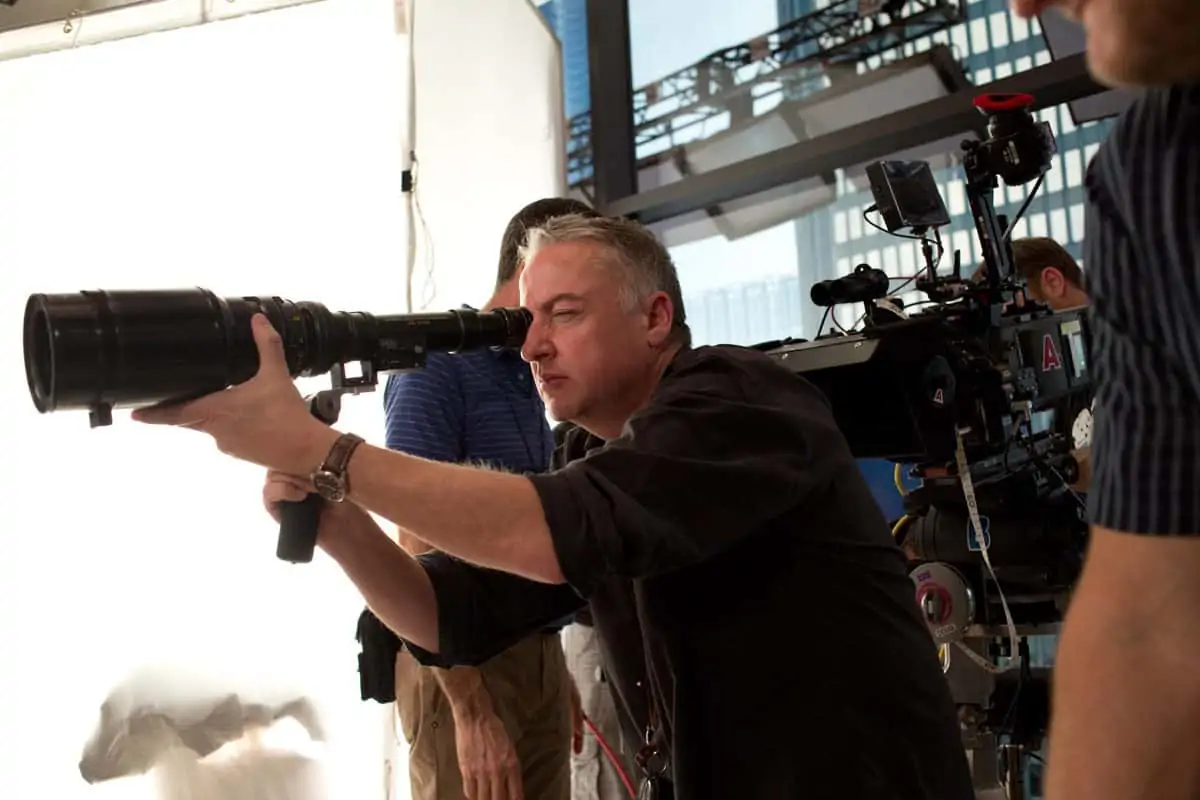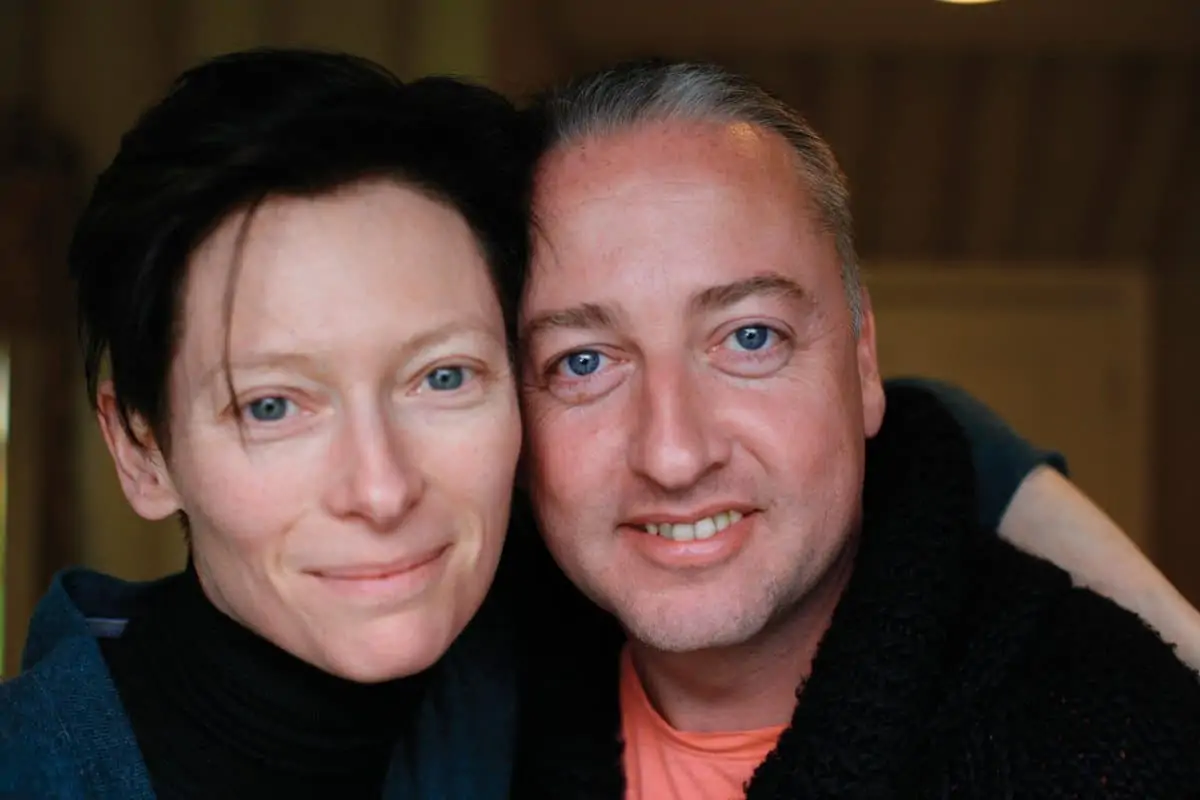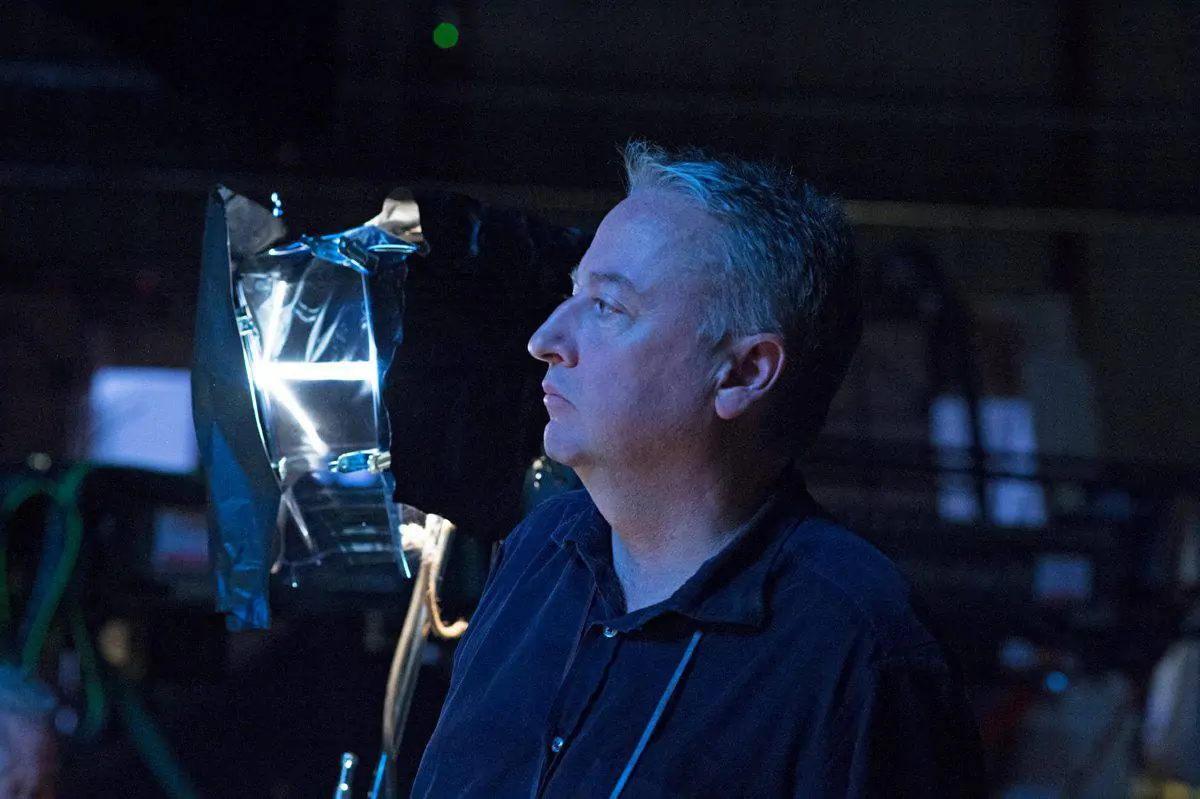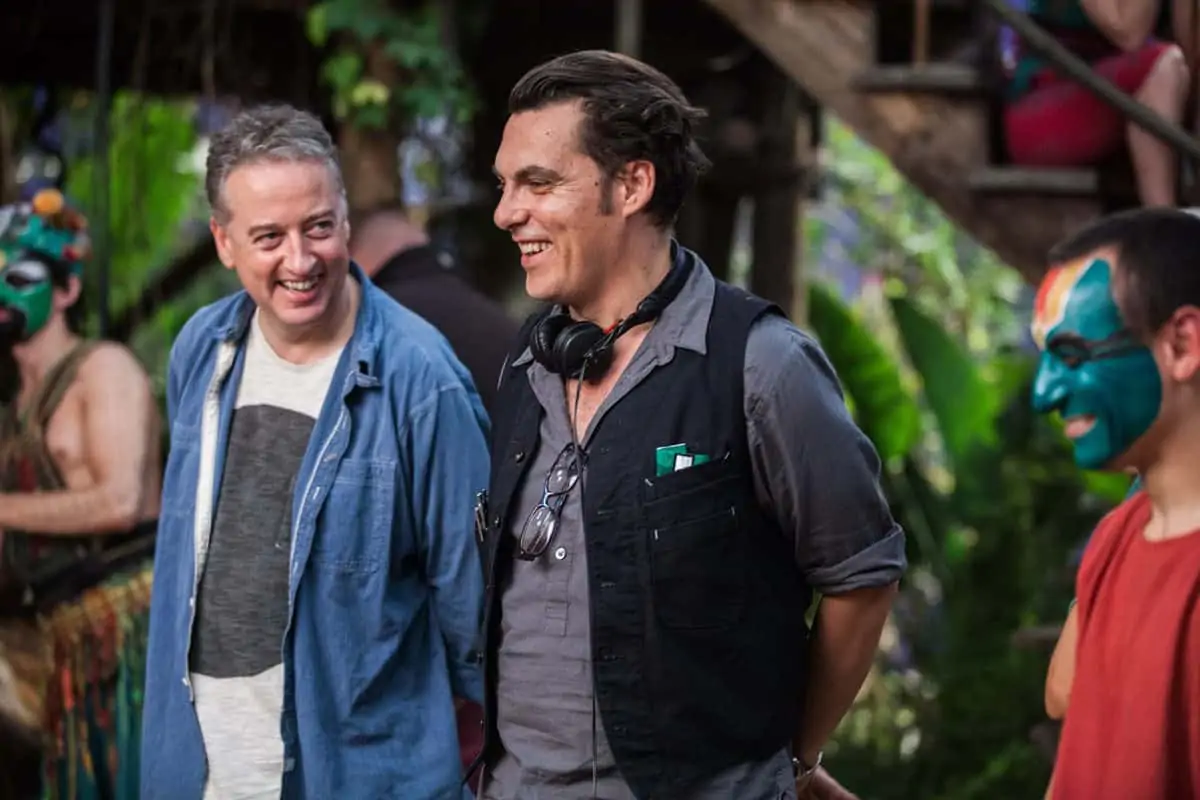From Russia with Love
Seamus McGarvey BSC, ASC / Anna Karenina
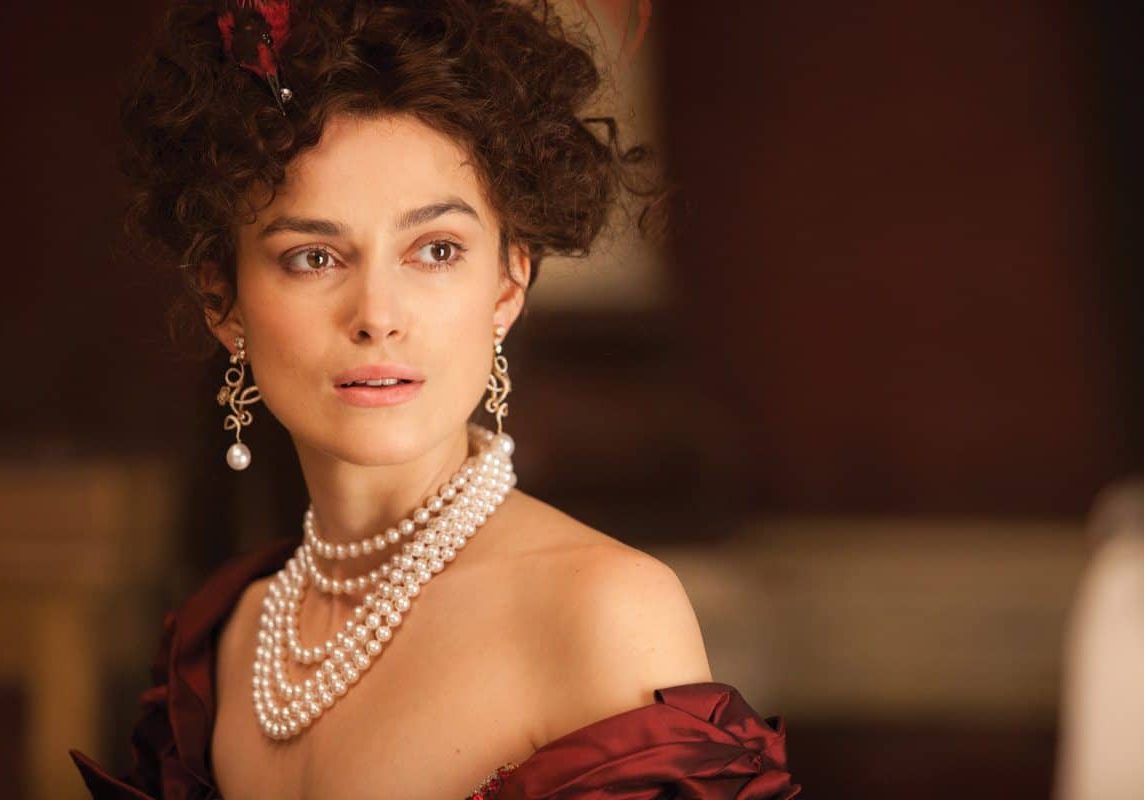
From Russia with Love
Seamus McGarvey BSC, ASC / Anna Karenina
BY: David Heuring
Anna Karenina, Tolstoy’s novel of love and jealousy in the pre-revolutionary Russian aristocracy, has been brought to the screen dozens of times.
Particularly memorable is the 1935 MGM version starring Greta Garbo, Fredric March, Basil Rathbone and Maureen O’Sullivan, with photography by William Daniels ASC and art direction by Cedric Gibbons. In 1997, Daryn Okada, ASC used the 35mm anamorphic format to photograph the first international cinema version of the story to be filmed entirely on locations in Russia, including at the palaces of the Czars and other sumptuous settings, writes David Heuring.
For this latest retelling, the script was written by playwright Tom Stoppard, and director Joe Wright envisioned an elaborate theatricality in tune with the strict codes of etiquette that governed behaviour in that time and place. Wright was quoted on Indiewire as saying, “Just as the Russian aristocracy could be described as living upon a stage, our story unfolds in a dilapidated theatre.”
More than 100 sets were built on or near Stage C at Shepperton Studios, with fluid scene changes in mind. Seamus McGarvey BSC ASC came onto the project a mere three weeks before shooting began. McGarvey and Wright had previously collaborated on The Soloist and Atonement, which earned 14 BAFTA Award nominations, with a win for best film and production design, as well as seven Oscar nominations, including nods for cinematography and best picture, and a win for the score.
McGarvey says the redesign of the shoot was in part a reaction to last-minute budget cuts, but that the principals all embraced the idea wholeheartedly in spite of the time constraints.
“Inevitably, it transforms the film, but I think it also improves it,” he says. “Of course it’s difficult to get 800 pages into a 90-minute movie, and the theatrical conceit allows you to be much more reductive in the staging without losing the profundity and resonance of the book. And it’s a measure of Joe’s talent as a filmmaker that he was able to shift gears so quickly.”
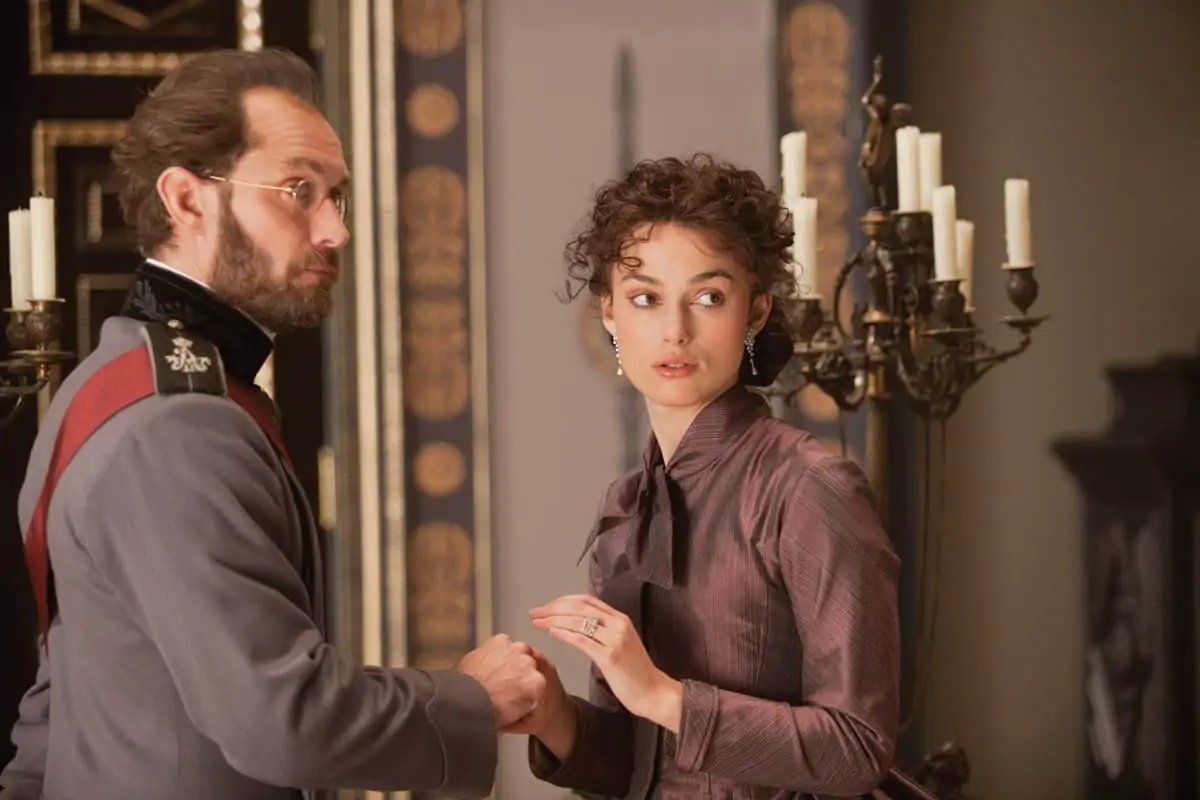
McGarvey points out that because the novel was originally serialised, it naturally breaks into an episodic structure. Emphasis was placed on devising interesting segues from scene to scene, which are sometimes accomplished by wheeling in, pulling up or dropping down theatrical flats and backdrops. Judicious visual effects help sell the conceit. Dynamic lighting also plays an important role in these in-camera transitions, which might switch from a Moscow office to an exterior ice rink or a horse race. Gaffer Chuck Finch, best boy Tommy Finch, and dimmer board operator Chris Gilbertson all earn praise from McGarvey, as does production designer Sarah Greenwood
Tolstoy is known for contrasting the more corrupt life of the wealthy with a more idyllic and humane country life. “We did many exteriors as well,” McGarvey explains. “The environment becomes a cipher for society. There is something more tangible, real and true about the scenes in the country, and, in interiors, I tried to follow that with the lighting.
“I was worried about the mercurial British weather in October on Salisbury Plain,” he adds about the exteriors. “We needed light that communicated the hopeful dawning of a new era, and luckily, what we got was exquisite.”
The format was 35mm anamorphic, for a 2.40:1 widescreen aspect ratio. “Film was absolutely the right choice for Anna Karenina,” says McGarvey. “Joe was very wedded to celluloid and I was totally behind him on that. I wanted the grain, and the grit of the higher speed stock. It seemed more appropriate for a period film. We were going to be shooting a lot in low light and I really wanted that darkness to live. I wanted it to be dark in those shadows to throw things into obscurity. Film is beautiful for that because the shadows have a real ‘inkiness’ to them. I find that although digital can be beautiful in low light, somehow there’s too much going on in the shadows, and it’s a bit lacking in teeth at the moment. Maybe that’s to do with the projection as well.”
The widescreen aspect ratio also played into the format decision. “We wanted to play with distance between characters,” he describes. “In the 2.40 format you can shoot a close-up of two people at the same time, and I love that about it as well. There’s much about the negative space between people that we wanted to explore, particularly in the dynamic between Karenin, played by Jude Law, and Anna Karenina, played by Keira Knightley, where we used that awkward distance quite a lot.”
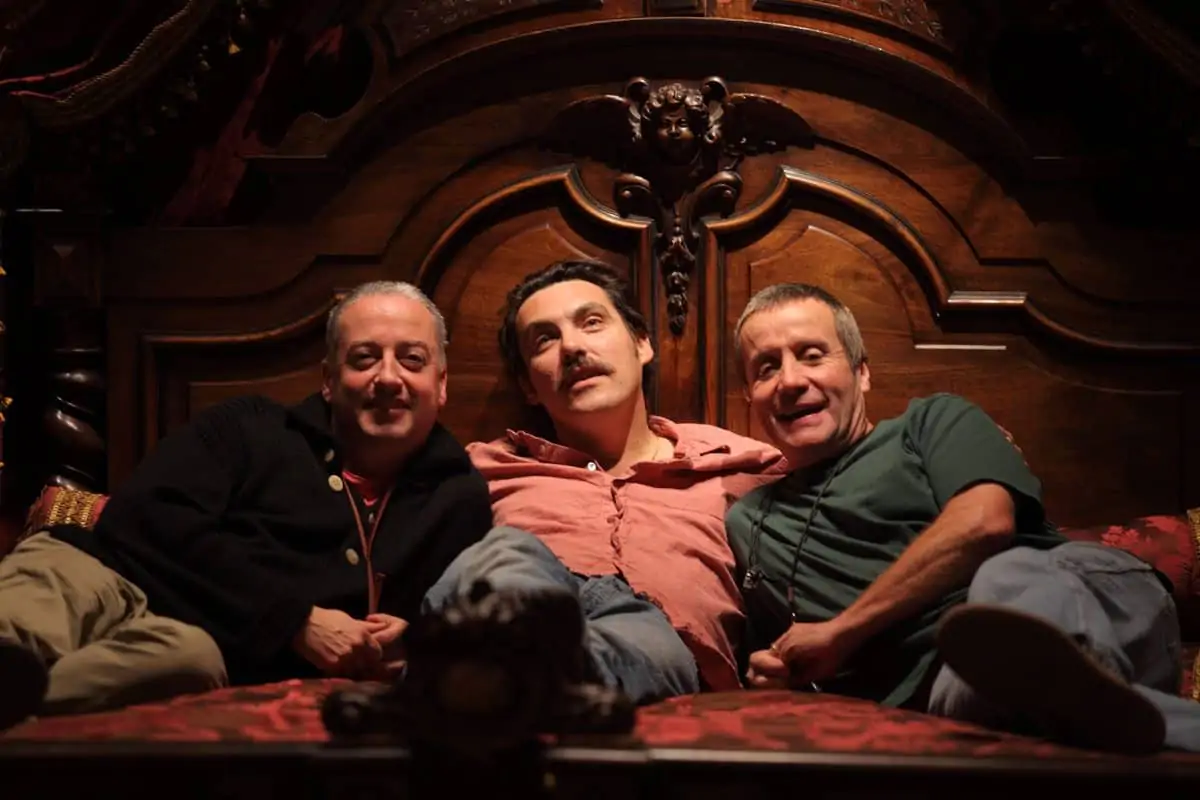
McGarvey chose to shoot the entire movie on Kodak Vision3 500T Colour Negative Film 5219. “I wanted to show the artificiality of the sets, but at the same time, I wanted to blend the textures and make associations between the theatrical world and the exteriors. I didn’t want one to sit completely apart from the other.
“In terms of lenses, I used the Panavision G-series anamorphics,” he continues. “I shot The Soloist with C-series lenses, but for this occasion, I wanted more bite and more contrast. I knew we were going to be largely on tungsten, in softer lighting scenarios. There is a kind of rigidity and symmetry in Karenin’s apartment and in the theatre itself, and I didn’t want the C-series lenses to bend or distort those lovely lines. The G’s are much better in that regard.”
The lighting equipment also included many lamps that are considered theatrical tools, including Par cans and remotely controllable Mac 2000s, chosen partly for the ability to speed up the relight process. There were also SpaceLights hung above for ambience. For footlights in stage situations, McGarvey’s goal was to create a gaslight feeling. For that he collaborated with Greenwood and set decorator Katie Spencer. “They helped me with the lamps that appear on camera,” he says. “Chuck (Finch) brought a wonderful technique from Sherlock Holmes that used tiny tungsten bulbs with gauze over the top. When dimmed and photographed, they looked like gas lamps.”
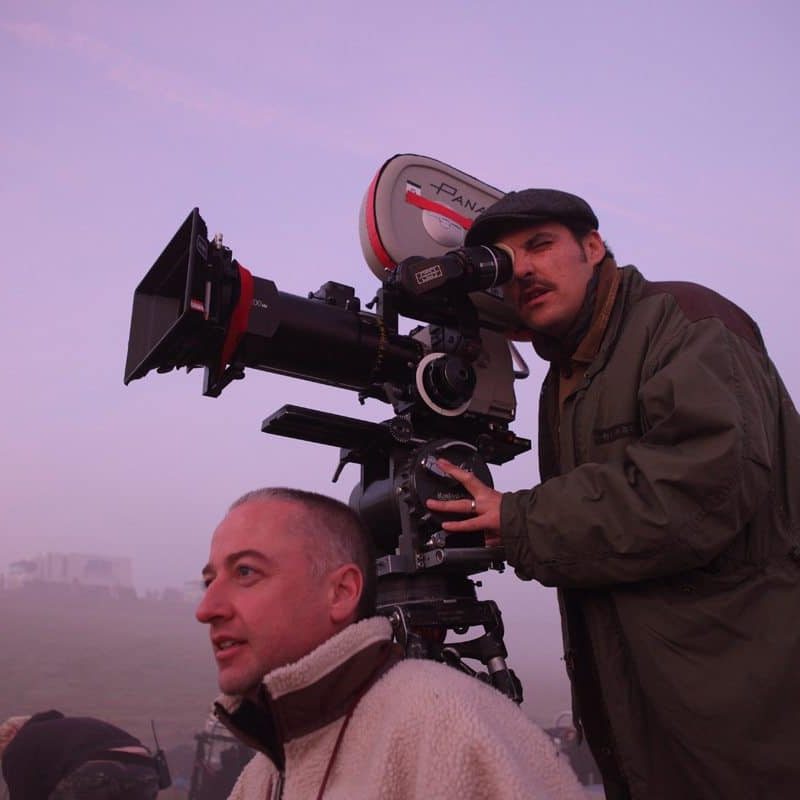
"The light gives us the authenticity of the Russian milieu of the place, which I think was essential and intrinsic to the Levin character, which is actually the presence of Tolstoy in the story."
- Seamus McGarvey BSC,ASC
The camera movement underscored the dichotomy between upper crust life and the idealised rural world. Choreographer Sidi Larbi Cherkaoui not only oversaw the extensive dancing in the film, but sometimes structured more incidental movements as well. The camera was sometimes a participant in these interactions along with capturing them.
“In the depictions of life in Saint Petersburg, many frames have a brittle rigidity and a kind of de-oxygenated, stern feel,” says McGarvey. “When we go out into the countryside, amongst the workers with their scythes, the camera has a much more lyrical feel to it, a gently gliding movement. We used more crane movement and tracking, and longer lenses for a shallower depth of field. The light in those scenarios is less stark and more heliocentric, I suppose. It’s glowing, in a way, with overexposed areas of sunlight, and the foreground and the characters lit in a fuller, more rounded way that was also reflected in the colors and costumes, which were earthier with more texture and movement to them.”
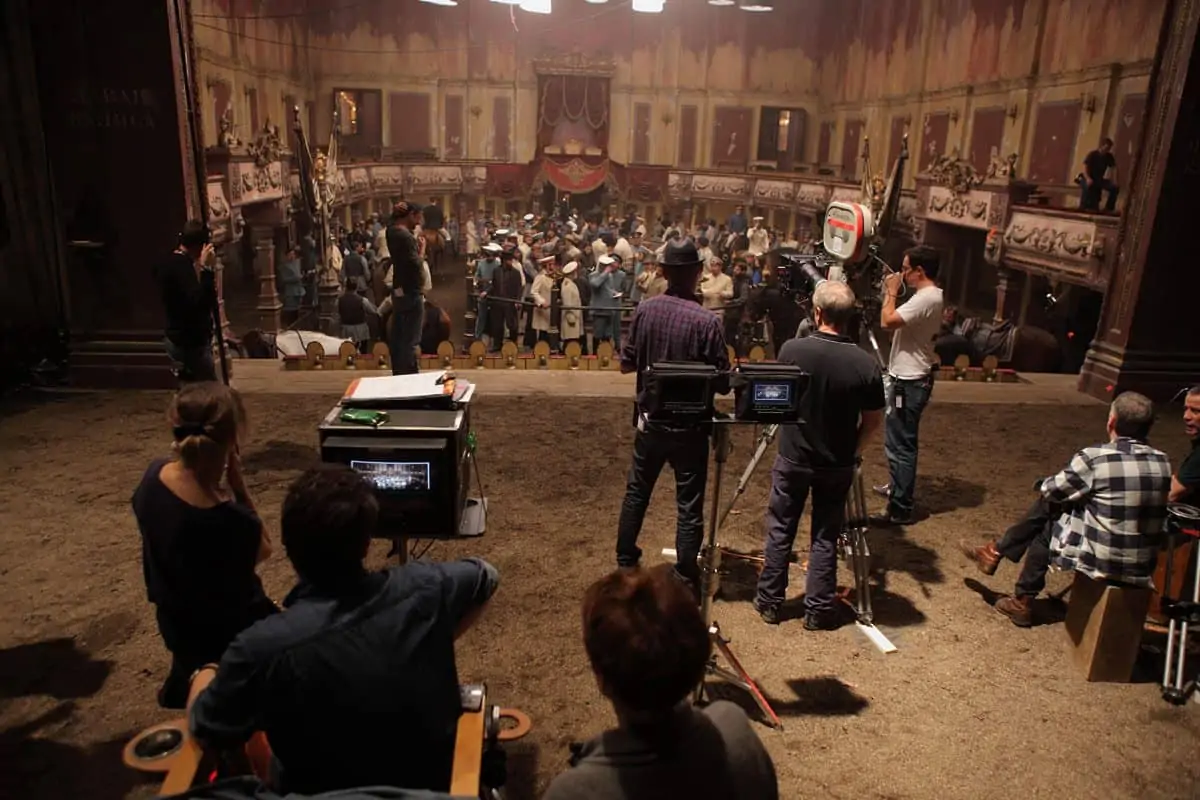
Toward the end of the film, Anna Karenina hurries through the backstreets of Saint Petersburg on her way to the train station and her eventual demise. As she passes by, the extras freeze and look disapprovingly directly into the camera, making the audience feel their disgust and abhorrence of her.
“We shot Keira on a track, so she is almost floating,” McGarvey reveals. “I lit very chiaroscuro, with tenebrous shadows – kind of a Hammer House Of Horror look. We cut from close-ups of Anna to portraits of people looking directly into the camera to show their scrutiny of Anna and her fallen status. Joe had cast lots of very wonderful faces from the Russian community in London.
“Actors looking straight at the camera do a terrifying thing to an audience,” he says. “The French have a term for it, suture, which is to be stitched into the image suddenly by a device or a moment. Because of the embalming nature of the theatrical experience on the cinematic experience, Joe was worried about the empathy and warmth built up with Karenin. He wanted to throw the audience for a loop – suddenly you are Anna, with her subjective experience, somewhere you don’t particularly want to be at that moment.”

At the end of the shoot, the filmmakers travelled to a stark winter landscape, a frozen lake near the Russian-Finnish border. With the air temperature at 40 degrees Celsius below zero, they shot a series of scenes that appear sporadically throughout the story. McGarvey calls the scenes “extremely important connective tissue,” and credits camera operator Peter Robertson, focus puller Iain Struthers and grip Gary Hutchings with making the shoot a success under the difficult circumstances.
“I’ve never had a more difficult shoot,” he says, “but I’ll never forget how wonderful it was to see the actors and crew unified and bonded together by the adversity. When I reflect on it now – in the warmth of the grading suite – it’s one of my most satisfying experiences.
“I joked to Joe that the images are so beautiful that we are going to attract so many poor bastards to that brutal place,” he laughs. “The light was exquisite all day, with low winter sun raked across. The sun never got more than 10 degrees above the horizon. The shadows were all aquamarine and the sky and the ambience had a hint of lilac. And the great thing was that film was able to register and record that. So I think we’ve got something quite special. The light gives us the authenticity of the Russian milieu of the place, which I think was essential and intrinsic to the Levin character, which is actually the presence of Tolstoy in the story.”
McGarvey oversaw the digital intermediate at Company 3 in London with colorist Adam Glasman. The lab work was handled at Deluxe.
Looking back on the shoot, he says, “It was great to work with my old friend Joe Wright, and to work in the studio where the degree of control is so enormous. The great thing about being a cinematographer is that while you do your best to try and make it work, ultimately, it’s a complete mystery. That’s the really exciting thing about making any work of art: there are so many crystalised moments that might or might not come together. It’s almost alchemical, and when it happens, it’s magic – the true magic of cinema.”
